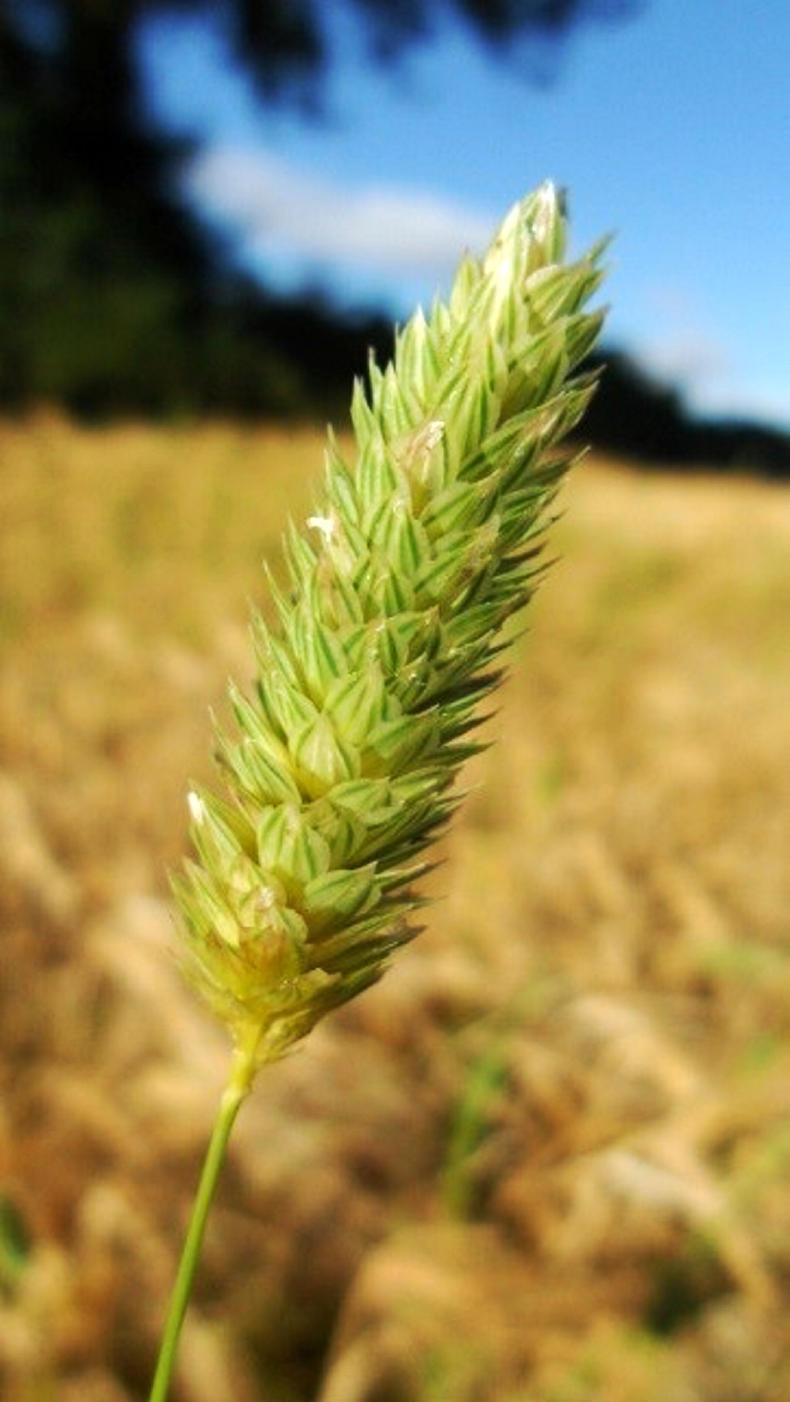With uncertain grain prices, it’s imperative to protect your margin by implementing a sound, sustainable grass weed management plan on your farm.
The first step in any weed control programme is early identification of the grass weeds growing in the field. Once identification has been completed, a zero-tolerance approach should be observed to any and all grass weeds.
Here we go through defining feature of grasses in general and apply these features to the identification of some important grass weeds.
It must be noted that the correct time to identify a grass is when it is still young, by the time the mature plant has set seed, it may be too late for adequate control and the issue becomes next year’s problem.
Key characteristics to look for in a young grass are
Identification of sterile brome

Identification of soft brome

Identification of black grass
Identification of wild oats

Identification of lesser canary grass
Herbicide resistance is an issue that has affected farmers in the UK for a number of years, and it is beginning to become a problem closer to home now as well.
A Teagasc survey in the winter of 2016 uncovered a number of populations of wild oats and blackgrass resistant to a variety of herbicide active ingredients. Blackgrass in particular should be treated with a zero-tolerance approach if spotted on your farm.
Work carried out by ADAS in the UK in 2013 suggested that 98% of all populations of black grass were resistant to one or more herbicide active ingredients.
Conservatively, we should assume that the same is true in Ireland.
Blackgrass in particular should be treated with a zero-tolerance approach if spotted on your farm
If you suspect herbicide resistance may be an issue on your farm, first ask yourself these questions:
If so, herbicide resistance may be an issue on your farm.
From here, it is important to have a long-term plan for dealing with resistant weeds and minimising the dispersal of resistant seed to other fields, and other farms.
The control of grass weeds on tillage farms should be carried out as part of an integrated pest control programme (IPM). This is where prevention, physical and cultural techniques should form the dominant part of the approach and should be employed first while chemical control should be considered the last line of defence.
Simple cultural techniques can involve hand-rogueing low populations of grass weeds and employing good machinery hygiene to stop field-to-field spread at harvest. Knowledge of the weed biology is vital to employing the correct cultural control techniques as cultivation method, sowing date, crop choice and rotation are important components of cultural control.
There will be grass weed identification demonstrations with live exhibits as well as demonstration and explanation of integrated weed control approaches on display at the open day.